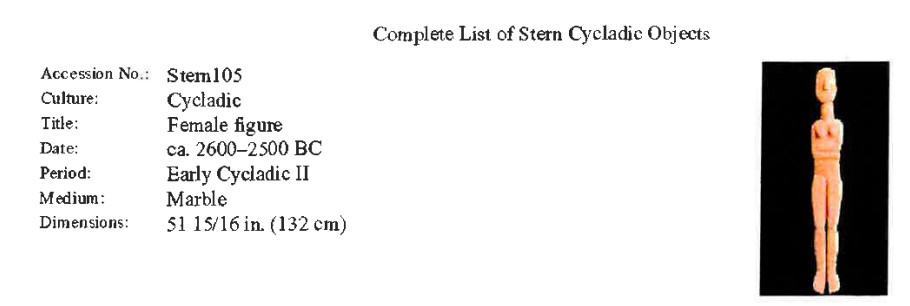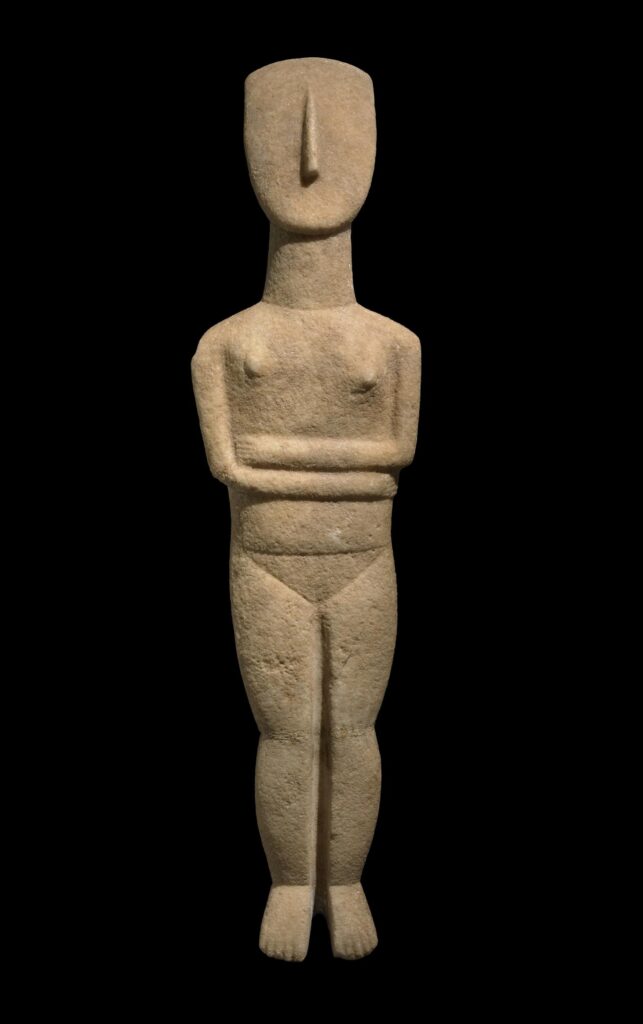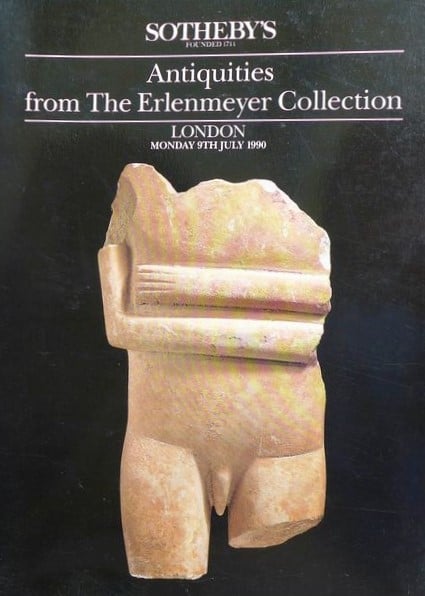The Greek Ministry of Culture and Sport has just negotiated an agreement in principle with Leonard Stern, one of America’s richest men and a voracious art collector, and the Metropolitan Museum of Art in New York for the exhibition and eventual return of 161 Cycladic artefacts from the Stern collection.
The ramifications of this ‘deal’ are immense, not just in reclaiming rare sculptures but in offering a potential template for negotiating the return of other contested cultural property, including most notably the Parthenon Sculptures in the British Museum.
Early Cycladic Art

Cycladic marble figurines emanating from the Cyclades, a group of islands in the Aegean, are among the most enigmatic and iconic artefacts from the Greek Bronze Age to have survived antiquity.
The appearance of the elegant 5,000 year old figurative idols and their minimalist and abstract rendering of the human body in early Cycladic sculpture is striking. These highly stylized statues, together with marble vessels and other artefacts, were usually buried with the dead as votive offerings.
In particular, the female marble figurine is distinctive, with the head and body straight and the legs held together, toes pointed down, and arms folded and held tightly across the body, in balanced proportion.
The Leonard Stern Collection

In April 1990 an exhibition titled ”Masterpieces of Cycladic Art” was held at the Merrin Gallery in New York and featured a number of statues, including exquisite marble female figurines. It was reported in the New York Times that the “austere whiteness” of these statues was also a major attraction for Leonard Stern, a billionaire who amassed his fortune through the sale of pet supplies, real estate and renewable energy innovations.


According to Stern, who had loaned 10 figures from his sizable collection to the Merrin exhibition:
”Cycladic sculptures do something to me, and I am not sure why.”
As it turned out Stern went on to amass 161 rare early Bronze Age Cycladic artefacts and it is suggested that many items in his collection may have unspecified provenances, leading some experts to speculate that they were likely illegally excavated, certainly before the 1960s and perhaps later, when illicit archaeological digs were rampant in the Cyclades.
As the famous British archaeologist Lord Renfrew has written, it is tragic situation that most of the Early Cycladic sculptures now kept or exhibited in the world’s museums apart from the state museums of Greece, as well as nearly all those in private collections, are the product of clandestine and illegal excavations.
Secret negotiations with Stern commenced some two years to try to convince the American billionaire to “donate” his collection to Greece after the Greek Government was informed that he had approached the Metropolitan Museum of Art (MET) to transfer his collection.
The deal for the return of a collection of antiquities of Cycladic culture.
Central to this arrangement is the creation in the United States of a non-profit legal entity, the Hellenic Ancient Culture Institute Inc. (HACI), or Institute of Ancient Greek Culture as it is also known.
The proposed arrangements are captured in four separate but interdependent agreements which recite that Stern has “contributed” (or given) his collection to HACI and has assigned his legal rights of ownership on the condition that his collection be exhibited at the Metropolitan Museum of Art in New York for not less than 25 years and not more than 50 years. In turn, the Greek State is recognised as the exclusive owner and trustee of the collection held by HACI.
In turn, provision is made for the staged return to Greece of the collection, with the first 15 sculptures to be delivered to Greece no later than October 15, 2022 for exhibition at the Museum of Cycladic Art.
The agreement between HACI and the MET includes a mechanism where every five years 15 objects will be transferred to museums in Greece and replaced by objects of equivalent value from Greece through a loan process. After 25 years, HACI will ensure that 122 works of Cycladic art will be exhibited at the Met, either by lending the collection or by returning the collection to Greece and replacing the exhibits with an equal number of works of Cycladic art through a process of reciprocal lending.
The agreement also stipulates that the lots on exhibition in the MET will be known as the “Leonard N. Stern Collection” and the wall next to the collection will carry the following inscription: “Hellenic Republic-Ministry of Culture and Sports / Museum of Cycladic Art-Athens / Loan of Cycladic Art to the Met”.
The agreement that has been published includes the full inventory of 161 artefacts. Some of the pieces are indeed unique, including a double figurine (lot 149) and a tall figurine measuring 132cm in height (lot 105).

The Greek Government spokesman, Yiannis Oikonomou, acknowledged that the arrangement for the collection to initially be exhibited at the Metropolitan Museum of Art in New York and then over time travel to the Museum of Cycladic Art in Athens, will establish a procedure that will hopefully encourage other collectors of Greek antiquities to enter into similar agreements involving bureaucratic court processes.
The new legislation will be introduced by the Greek Culture Minister, Dr Lina Mendoni, and is due for debate this week.
Opposition to the deal
Olga Gerovasilis, a spokesperson for the major opposition party SYRIZA (which ironically when in government oversaw a revolving door of four culture ministers in four years) claimed that it “softens the ground” and legitimizes the illegal removal of artefacts and the illicit trade in antiquities.
The Association of Greek Archaeologists has also criticised the deal, saying that it effectively legitimizes a private collection without any reference to the provenance of the objects or the method of their acquisition just so to display them in a private museum in New York (Metropolitan Museum of Art) and a private museum in Greece (Museum of Cycladic Art) through long-term lending practices.
The Curse of Looting
According to Renfrew, the looting of Cycladic antiquities represents a tragic loss of knowledge.
The looting of the Early Cycladic cemeteries and the subsequent illegal sale of their grave goods, and marble figurines in particular, has been going on since at least the late 18th century. The objects aroused the curiosity of the dilettante and other travellers in the Levant and, in an episode recalling Lord Elgin’s nefarious pillaging from the Parthenon, even Lord Viscount Strangford, the British ambassador at Constantinople from 1820 to 1824, with the help of the British vice-consul on Mykonos who encouraged the opening of tombs in the surrounding islands’ cemeteries, came into possession of rare antiquities including some notable Cycladic figurines, that are now on display in the British Museum.
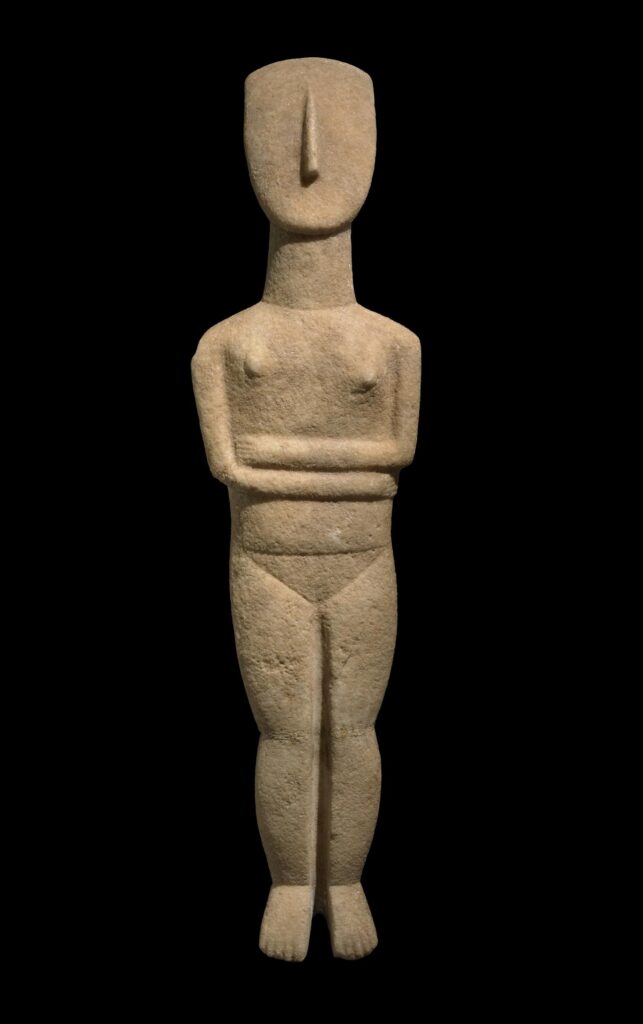
These Cycladic idols today attract incredible buyer interest at auctions.
At a sale in New York by Christie’s a marble Cycladic figure without any provenance before the year 1965 (and thus, inescapably – if authentic – derived form an illicit excavation) was sold for $16,882,500.
In 2010 a superbly sculpted marble reclining and folded-arm female figure dated to circa 2400 BC was sold at Christie’s in New York for $16,882,500, a world record for a Cycladic figure at auction. The catalogue entry for the sculpture, which depicts one of the most iconic sculptural types to have survived from antiquity, described it as “indisputably the most important Cycladic idol to ever come to auction”.
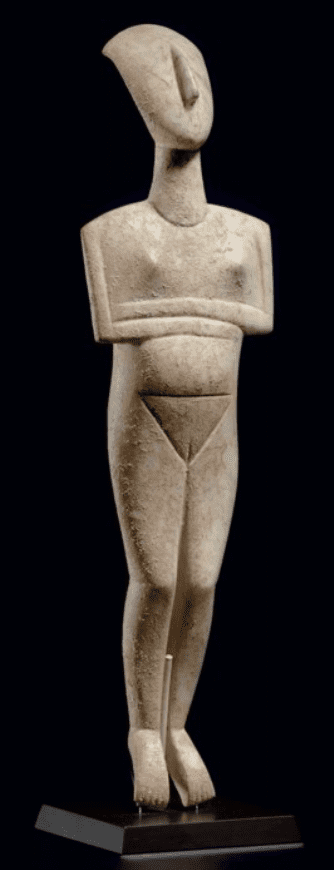
But as to its provenance, or proof of authenticity, the auction catalogue attributed the item to the collection of Madame Marion Schuster, Lausanne, discovered before 1965, and ominously mentioned that it was ‘acquired’ with Robin Symes of London in the 1990s. Symes is a disgraced British antiquities dealer who was later exposed for his involvement in an international criminal network trading in looted archaeological treasures.
Failed High Court challenge and the Goulandris connection
In the past Greece has gone to court to try to prevent the sale of artefacts of dubious provenance.
In July 1990 the British High Court rejected an application for a permanent injunction by the Greek Government to prevent the sale of Cycladic sculptures on behalf of the Erlenmeyer Foundation at a Sotheby’s auction.
The early Cycladic marble sculptures were reportedly unearthed on the island of Keros before the early 1960s and almost certainly had been illegally removed. But the court ruled that it was extremely doubtful that the Greek Government would succeed in proving its claim to the sculptures and concluded, rather imperiously, that if the Greek Government’s real interest is to prevent dispersal of the collection then it could attend the auction and bid for and purchase the items. As it turned out, the Nicholas P. Goulandris Museum of Cycladic Art managed to purchase a significant proportion of the items at the auction.
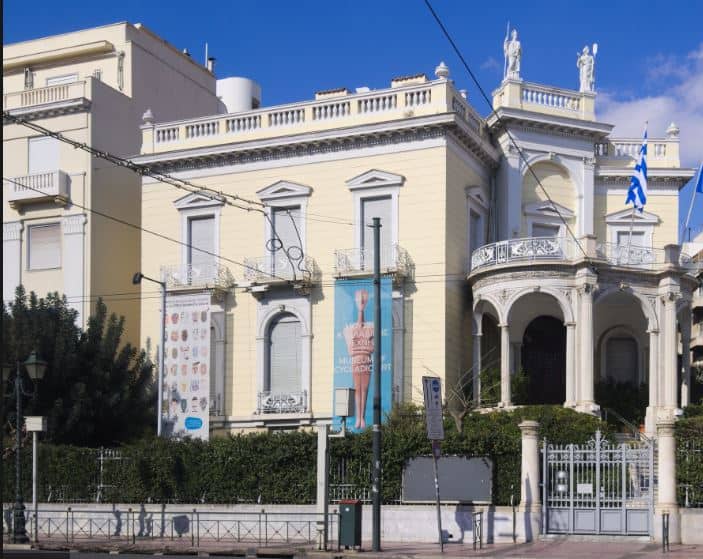
The Nicholas P. Goulandris Foundation – Museum of Cycladic Art in Athens was founded in 1986 to house the collection of Cycladic and Ancient Greek art assembled mostly in the 1960s by Dolly Goulandris from one of the richest ship-owning families in Greece and who was, by her own admission, fascinated by the “timeless forms and mysterious origins” of the Cycladic figurines.
As the Greek archaeologist Yannis Hamilakis has observed, these acquisitions were not only allowed but were actively encouraged by the Greek State on the basis that with the Goulandris collection, Cycladic figurines will stay in Greece.
That mindset has been revisited in a way since the newly-created Hellenic Ancient Culture Institute Inc is directly linked to the Goulandris Foundation.
Cultural restitution blueprint for the future?
Despite the criticisms, it would appear that the agreement for the Stern Collection – if ratified – will bear testimony to the fruits of sustained cultural diplomacy and protracted commercial negotiations to ensure that the rare Cycladic sculptures are eventually reunited in Greece.
It might just also serve as a blueprint for a possible joint display and curatorship arrangement between the British Museum and the Acropolis Museum with a view to the eventual reunification of the Parthenon Sculptures in Athens and reciprocal exchange of rare antiquities between London and Athens.
Perhaps the female idol with the folded arms and steely determination can be an inspiration for all.
George Vardas is the Arts and Culture Editor of Greek City Times and also co-founder of the Acropolis Research Group
Related posts:
Views: 0
 RSS Feed
RSS Feed

















 September 5th, 2022
September 5th, 2022  Awake Goy
Awake Goy 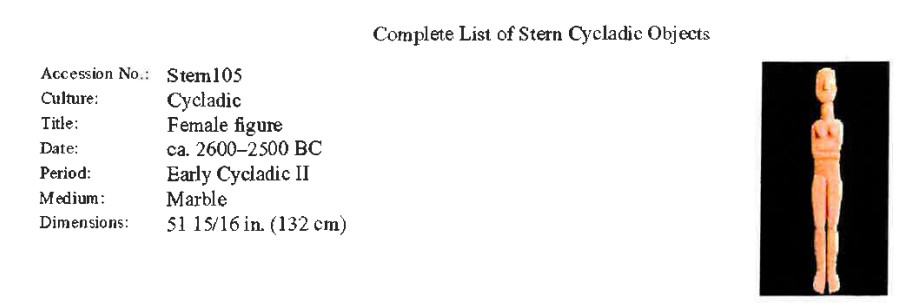


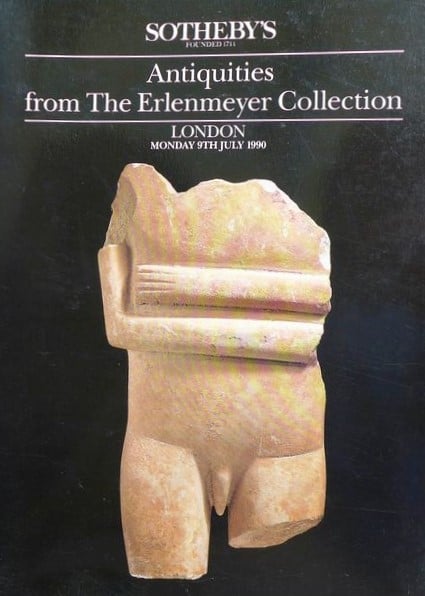
 Posted in
Posted in  Tags:
Tags: 

